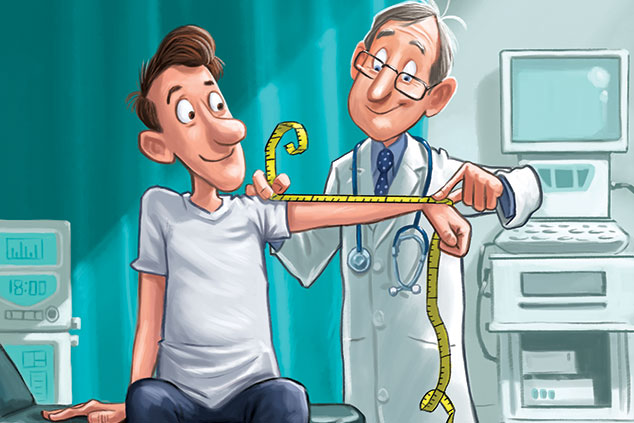
Doctors have traditionally approached diseases with a one-size-fits-all model. But advances in genetics and artificial intelligence are making medical treatment far more personal and effective. Matthew Partridge explains how to profit from this medical revolution.
Medical treatment has followed the same broad pattern for thousands of years. You wait until you get sick, then you go to the doctor, who tries to diagnose what’s wrong. Once they work it out, they give you what is deemed the correct treatment for the condition. But while this model can work, advances in medical science have exposed its limitations.
Not only do symptoms take a long time to emerge, but diagnoses can be inaccurate, so by the time people go to the doctor, the condition may be incurable.
Another problem is that not all drugs and treatments are as effective for some people as they are for others, even when treating the same condition. If you are one of those lucky people who respond well to the standard treatment, then all is well. But if you aren’t, then the wrong cocktail of drugs could mean the difference between a full recovery and continued illness, or even death.
A new era is dawning
But things are changing. The past few years have seen huge advances in medicine, heralding a new era in treating disease. We’re getting better at predicting diseases, especially those that run in families, which means that both doctors and patients know which symptoms to watch out for. We’re more effective at tailoring treatments to the individual, resulting in healthier patients and fewer side effects from medication, says Ketan Patel, manager of the Amity UK Fund at EdenTree Investment Management. Both sets of advances could have the knock-on effect of “helping to alleviate financial pressures on healthcare systems that are already under considerable strain”. This revolution is down to advances in three fields: genomics, epigenetics and artificial intelligence.
It’s in the genes…
Although we’ve known about DNA since the 1960s, it wasn’t until the completion of the human genome project in 2003 that scientists were able to map the entire human genome: all the hereditary information encoded in DNA. This led to “a lot of hype around the potential impact of genomics” (the combination of genetics and medicine), says Frances Salisbury, a European patent attorney and partner at intellectual property law firm Mewburn Ellis. Hopes that this new knowledge would enable us immediately to unlock cures for every disease proved unfounded, with drug companies and government pouring huge sums of money into this area, only to become frustrated by “just how complicated biology is”.
Still, thanks in part to the huge investments carried out during and after the human genome project, “we’ve come a long way since then, both in terms of the speed of getting genomic information and the detail that can be obtained”, says Salisbury.
One indication of how fast the technology is progressing comes from the cost of sequencing (mapping) a person’s genome. The original project cost $2.7bn and took 13 years to complete. By 2006, the cost of mapping a person’s individual genome had fallen to $300,000. Companies now offer people the chance to map their entire genome for $1,000 or less.
Subscribers can read it in the digital edition or app